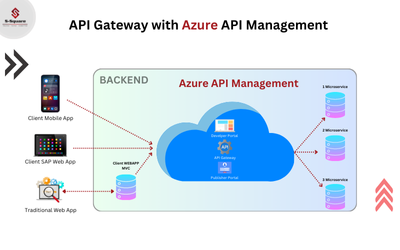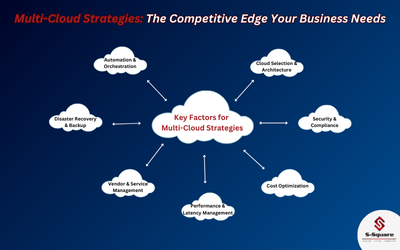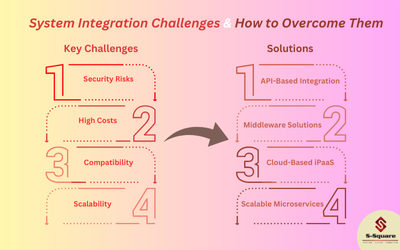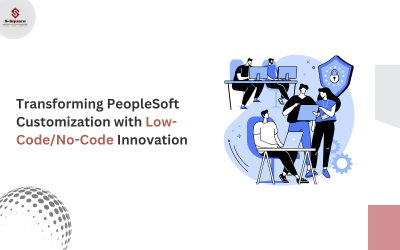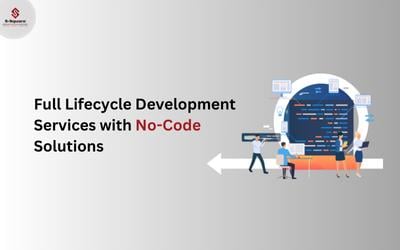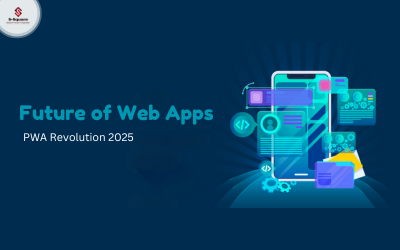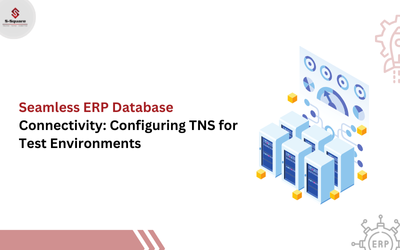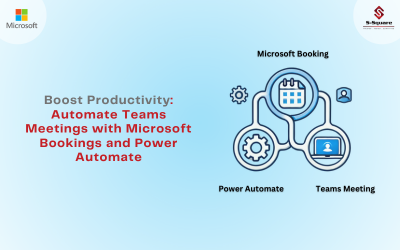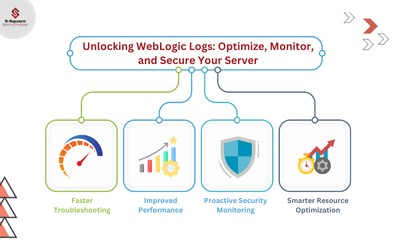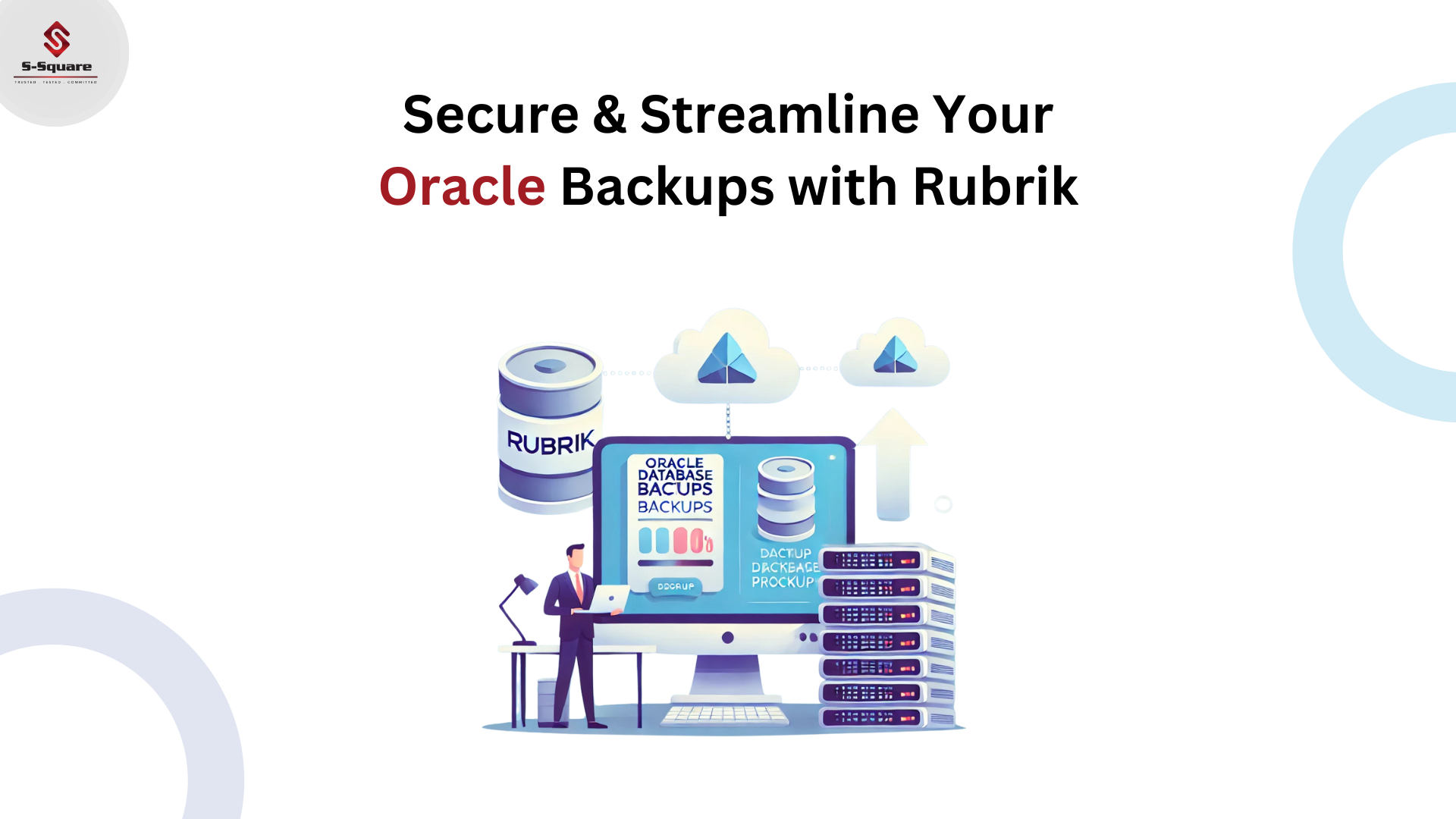
Introduction:
Rubrik Cloud Data Management (CDM) for Oracle databases provides enterprise-grade data protection and DevOps-centric automation. It targets enterprises that use hybrid cloud environments and offers data management services such as backup and recovery. Its software can be used to protect and manage data both on-premises and in the cloud.
In this blog, lets see how to perform Oracle database backups using Rubrik.
Description:
Rubrik supports Oracle versions 11gR2 and above for use with Automated Oracle Data Protection. Rubrik utilizes the Rubrik Backup Service (RBS).
Once the Rubrik Backup Service (RBS) is installed on an Oracle server, Rubrik’s Oracle Data Protection fully automates Oracle RMAN procedures. Rubrik’s web console instantly discovers and displays all databases on an Oracle host.
How to backup Oracle Databases ?
The two key backup strategies with an Oracle relational database management system (RDBMS) are:
-
- Recovery Manager (RMAN)
- User-managed
RMAN integrates with Oracle databases to perform a various types of backup activities through Enterprise Manager or command line. Whereas user-managed backups are performed in combining host OS and SQL*Plus commands.
RMAN has the ability to create incremental backups, which copy just the files that have changed since the last backup. While in open/mount mode, RMAN provides the ability to create database backups.
Rubrik features for backups:
Automated Oracle data protection:
After the Rubrik Backup Service (RBS) is installed on an Oracle server, Rubrik’s Oracle Data Protection fully automates Oracle RMAN procedures. Rubrik’s web console instantly discovers and displays all databases on an Oracle host. Customers can choose the object’s level (Oracle Real Application Cluster, Oracle Host, or a specific Oracle database) and assign a business service level agreement (SLA).RMAN scripts are generated during runtime in accordance with SLAs, making database backup processes easier.
True incremental “forever” backups:
Oracle’s Incremental Merge capability, combined with Rubrik’s ground-breaking BLOB engine, enables genuine incremental forever backups for Oracle databases at scale. Rubrik will also use Oracle block change tracking (BCT) during backups if it is available, so it won’t have to scan the entire database for incremental changes. As a result, following the first backup, the DBA does not have to be concerned about extended backup windows which negatively effects database performance.
Rubrik Live Mount:
With this option, DBA’s can provide instance clones to developers, allowing them to speed up application development, testing, and ETL (extract, transform, and load) operations without affecting production environment. Live Mount for Oracle databases delivers near-zero RTOs with instant recovery and live migration.
The key new feature that supports Oracle backups is the concept of a Managed Volume , an NFS mount point exposed to Oracle servers in a read-only format.
At the beginning of an RMAN backup, the begin_snapshot API call to Rubrik makes the Managed Volume available as read/write for RMAN to use as a backup destination. Once the RMAN backups are complete, an end_snapshot API call will move the Managed Volume back to read-only. From that point, the File System snapshot preserves the data permanently, and the snapshot is catalogued.

Full vs. Incremental Backups:
Rubrik accepts both full backups and incremental backups (supports BCT block change tracking).
For backup of database, “Incremental Merge” is useful to take an initial full backup and subsequent incremental backups.
The process rolls the image backup forward to the point in time when the level 1 incremental was created.
During restore and recovery of the database, RMAN can restore from this incrementally updated copy and apply changes from the redo log. This delivers the same results as restoring the database from a full backup taken at the time of the most recently applied incremental level 1 backup. This strategy minimizes time required for database recovery.

Bottom line:
All Oracle backup operations from a Rubrik perspective are exposed via API, which works well with the scripting required by RMAN.





